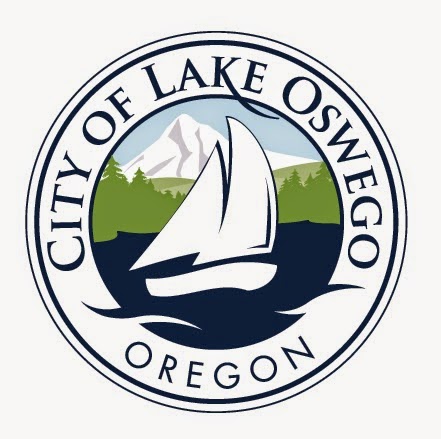
While we're not too bureaucratic about it (we have no Style Czar), we do have a style guide for printed material that is prepared for public use. It's available on the city intranet at http://lo-web1.ci.oswego.or.us/private/PublicAffairs/ Some of the reasons for following the style guide include:
- A consistent look, so that printed material is readily identifiable as coming from the City of Lake Oswego.
- A reminder that we offer a wide variety of services and that all departments are part of the larger city organization.
- Maintaining high standards for the appearance of our printed material.
The department directors met on August 12 to, among other things, discuss opportunities for "Continuous Process Improvement." The concept originated in manufacturing, but it can be applied to any process that results in provision of a service or good. It's certainly not new to our organization, and there are many examples of it happening right now: new police records and computer-aided-dispatch systems, moving to digitized documents that are available to anyone on the web, better methods for teaching CPR, an improved recreation registration system, a state-of-the-art water treatment plant, LED street lights, a new fueling system that automatically reads and stores the vehicle's vital stats, and many more.
What might be new (or newer) is the emphasis on continuous improvement. This means we allocate time and resources and have the discipline to be relentless in improving our service-delivery processes. There are two other critical elements of Continuous Process Improvement: 1) It has to be customer-focused, and 2) the best ideas and solutions come from the folks in the front lines who are directly providing the service.
Lake Oswego University
 Building on the theme of Continuous Process Improvement, the text for September's Lake Oswego University sessions is Ken Miller's Extreme Government Makeover. You don't need to be enrolled in LOU to read it; I highly recommend it to anyone on our staff. But for a "Cliffs Notes" short version, here are some good video clips from Ken Miller:
Building on the theme of Continuous Process Improvement, the text for September's Lake Oswego University sessions is Ken Miller's Extreme Government Makeover. You don't need to be enrolled in LOU to read it; I highly recommend it to anyone on our staff. But for a "Cliffs Notes" short version, here are some good video clips from Ken Miller:- Increasing government's capacity to do more good
- The 3 Myths That Keep Government From Radically Improving
First, before trying to improve a process, do these things:
- Make sure you're "in the right business." Do people still need the service? Does the problem that caused the creation of a regulation still exist?
- Understand the customers and their needs. Note: a prerequisite, emphasized in Miller's We Don't Make Widgets, is to be able to identify the customer, as distinct from owners (i.e., residents) and stakeholders (for example, special interest groups).
- Build a better widget. Before improving the process, ask yourself if the thing that comes out of the process should be improved.
- Triage: don't use a one-size-fits-all approach; tailor processes to the different needs and abilities of customers (example: the option for library patrons to self-check-out).
- Simultaneous processing (e.g., if more than one person needs to review an application, have them do it concurrently rather than passing the application from one person to the next).
- Find and eliminate bottlenecks.
- "Quit your batching," or, move things through a process continuously rather than letting them pile up to be processed in a batch.
- Eliminate backlogs. "The secret to dealing with backlog is to never get behind in the first place."
Have a good Labor Day holiday; my thanks to our police and fire colleagues who will be on duty on Monday. See you on September 5 at the Lake Oswego Employee BBQ Picnic!
--Scott
No comments:
Post a Comment